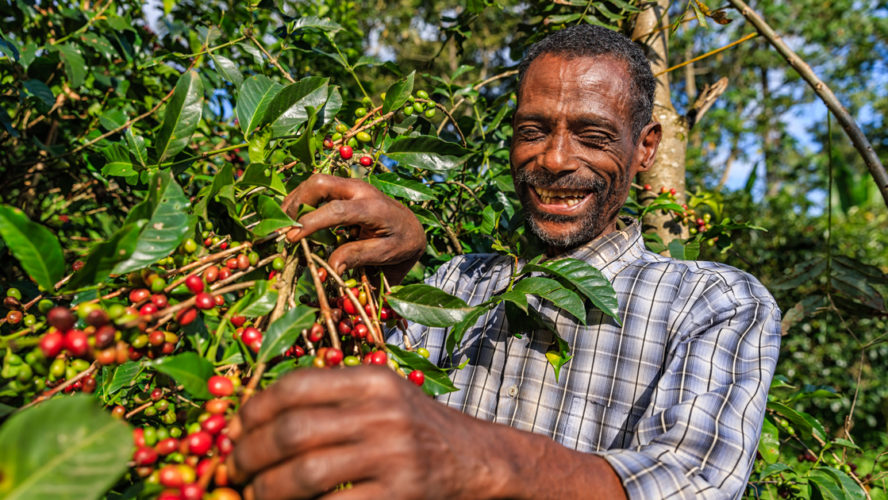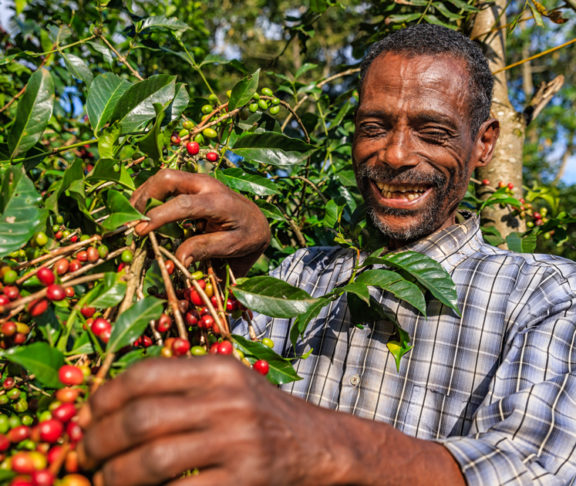
Sultan Ahmen Bin Sulayem
Group Chairman and CEO, DP World
Africa is a continent of 54 countries and 1.4 billion people — speaking as many as 2,000 languages. Its diverse population is also notably young — with a median age of just 20 — and growing fast.
By the end of this century, Africa could host more than 4 billion people. New connections within the region and to the rest of the world can help Africa take advantage of its population boom.
Infrastructure to open new markets
While Africa presents immense opportunities, it also has significant challenges. Trade barriers are numerous, and customs clearing for importers and exporters is often cumbersome. More pressing is the lack of high-quality road, rail and other logistics and port infrastructure.
Addressing this issue is the single biggest way we can unleash Africa’s growth potential. DP World has been operating in Africa for over 20 years, investing in and managing ports and related infrastructure to contribute to the development of trade. It is now working to overhaul the entire end-to-end logistics chain across Africa, partnering with governments from Senegal to Somaliland and Rwanda to Angola.
No longer out of reach
Rwanda is just one of 17 landlocked African countries. Sitting in the heart of central Africa, the nearest ports are more than 1,500km away. However, it now stands out from the rest, thanks to a new state-of-the-art dry port connecting its agricultural producers to distant seaports by road.
Spread over 20 hectares on the outskirts of the capital, Kigali, the facility offers 50,000 cubic metres of warehouses and handles up to 50,000 containers each year — exactly like a traditional seaport.
With a new road transport centre for delivery trucks, land transport waiting times have decreased from weeks at a time to mere days. Storage costs have also been slashed, turning Kigali into a major centre for logistics in east Africa and playing a pivotal role in connecting regional businesses with global markets.
Addressing this issue is the single biggest way we can unleash Africa’s growth potential.
Less food waste for farmers
Agriculture sits at the heart of the Rwandan economy, contributing almost a third of its GDP and employing around 68% of the country’s working population. Hundreds of thousands of coffee growers now benefit from the dry port in Kigali through reduced turnaround times and access to new markets.
Other farmers have benefited from the country’s first cold storage facilities. They can chill fruit and vegetables to -8°C, keeping them fresher for longer, saving thousands of dollars for their customers each day. They produce some of the finest avocados in the world but require strong logistics support to compete globally and ensure their fresh produce arrives overseas on time.
Exceeding local targets
Rwanda set itself the target of generating USD 1 billion in agricultural exports by 2024 — more than double its current output. With the drive toward technology-intensive commercial growing and processing, the right logistics and supply chains will play a key role in meeting this ambitious goal.
Since 2019, DP World has supported avocado farmers around Kigali to move their produce, opening them up to a larger business network and boosting exports. Through the maintenance of the cold chain, they have assured avocado quality at its destination. This has directly improved the local economy and lives of people around Kigali.
World logistics passport
The disruption wrought by Covid-19 caused people and businesses alike to become aware of vulnerabilities in the global supply chain. We now have an opportunity to think differently about how goods and services move around the world and an imperative to boost resilience in global trade.
Last year, DP World established the World Logistics Passport (WLP) to help businesses and governments improve existing trading routes and develop new ones. The initiative aims to overcome impediments that limit the growth of trade and build logistical bridges between manufacturing hubs in Asia, Africa, and Central and South America.
Reducing friction for trade to newer markets provides these countries with an opportunity to unlock their economic potential.



